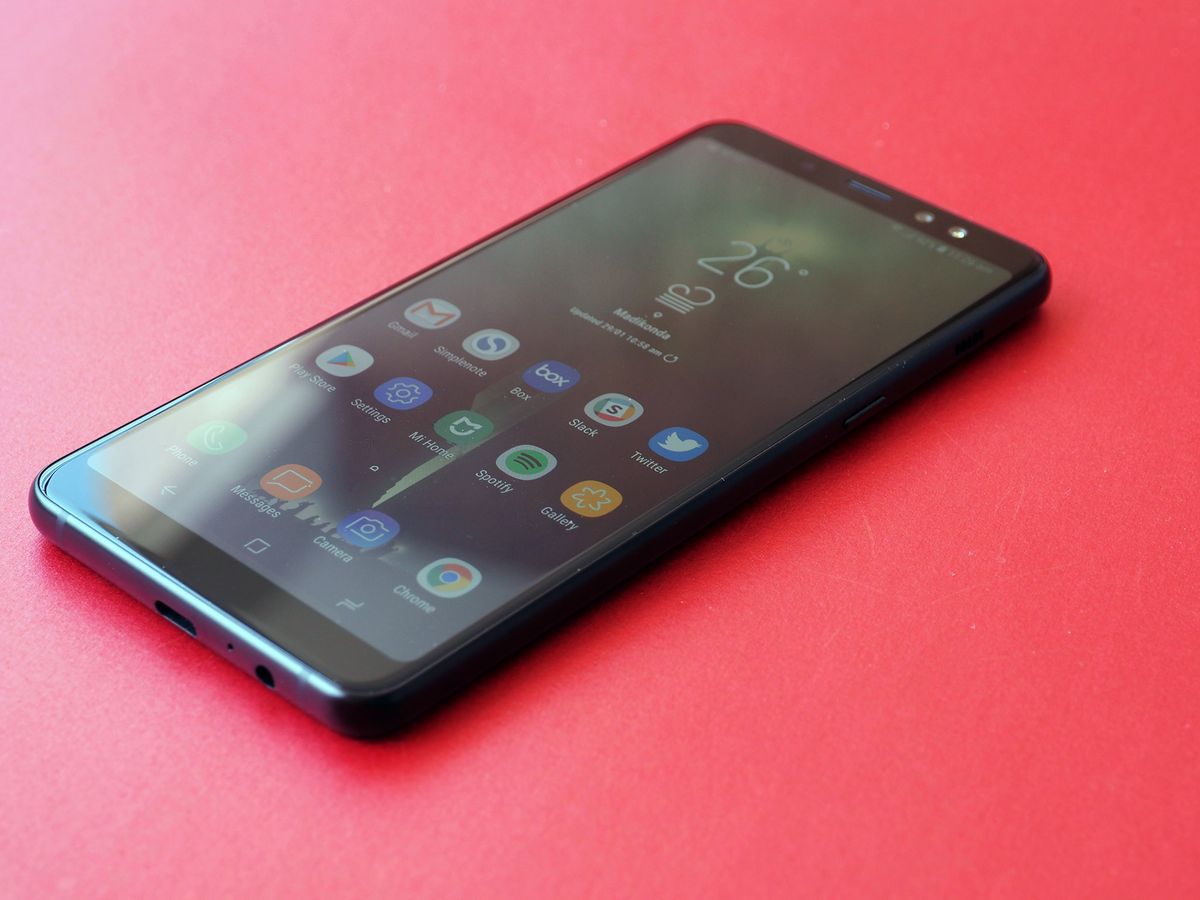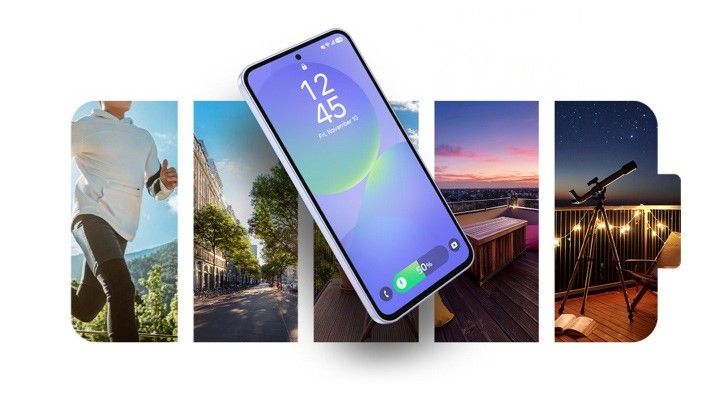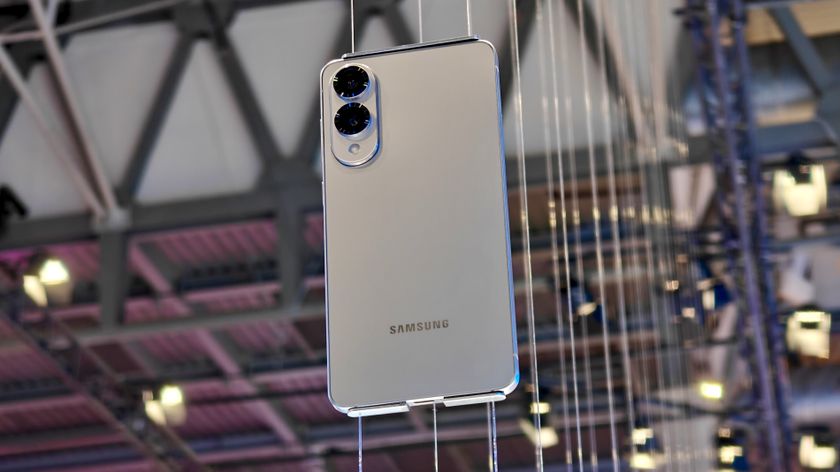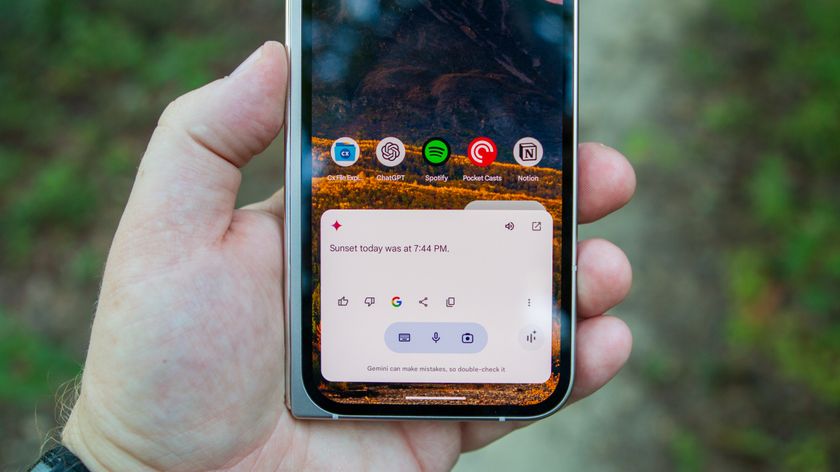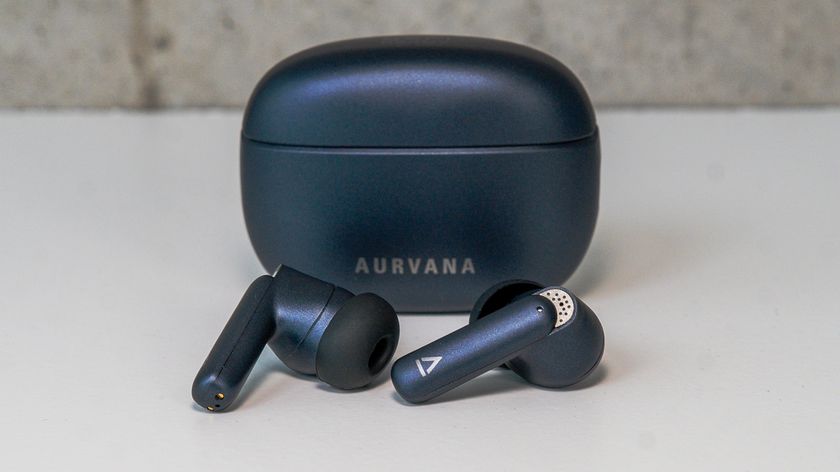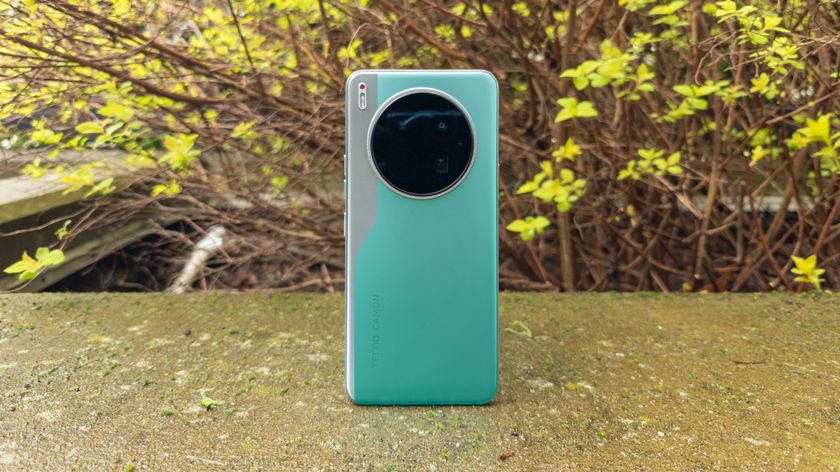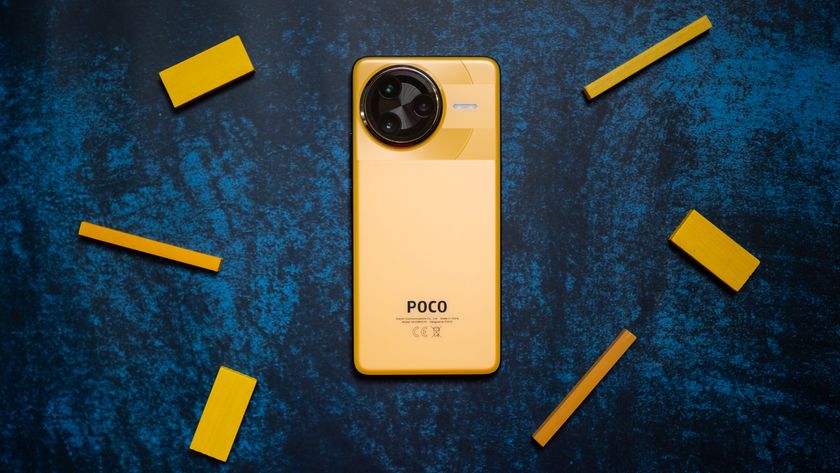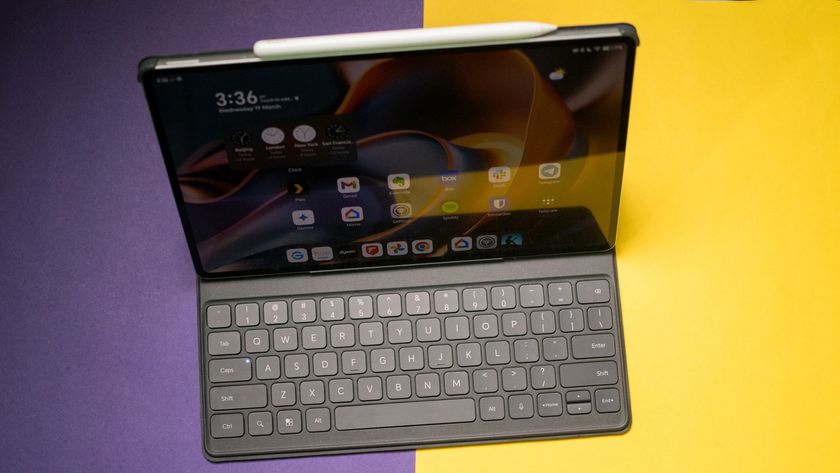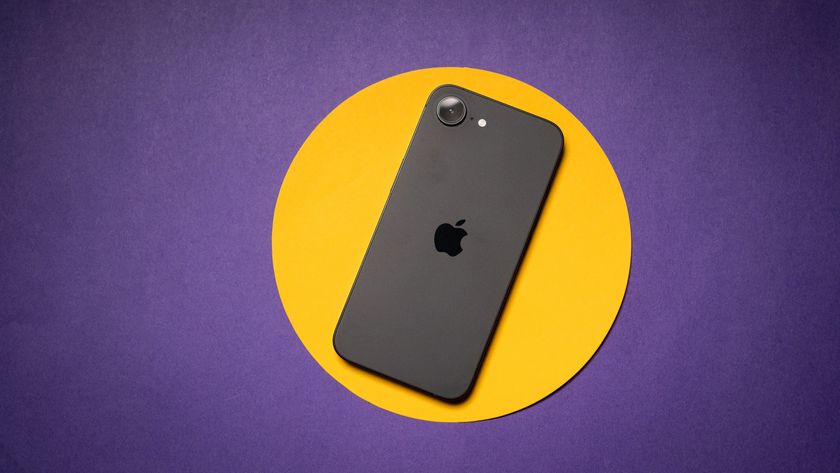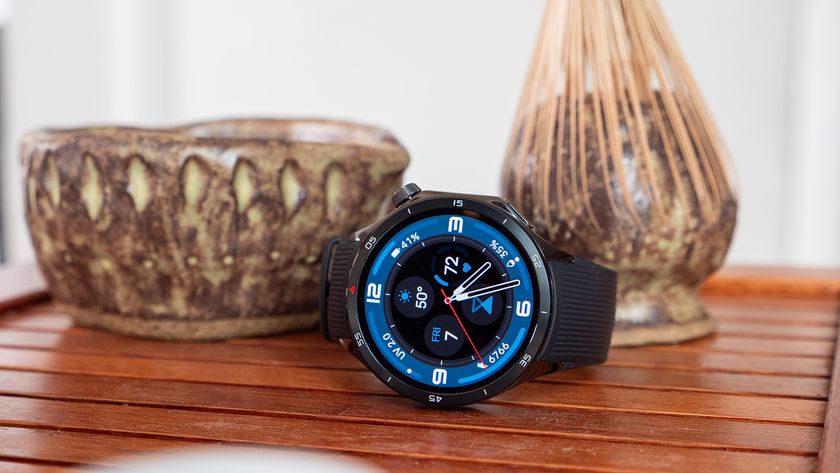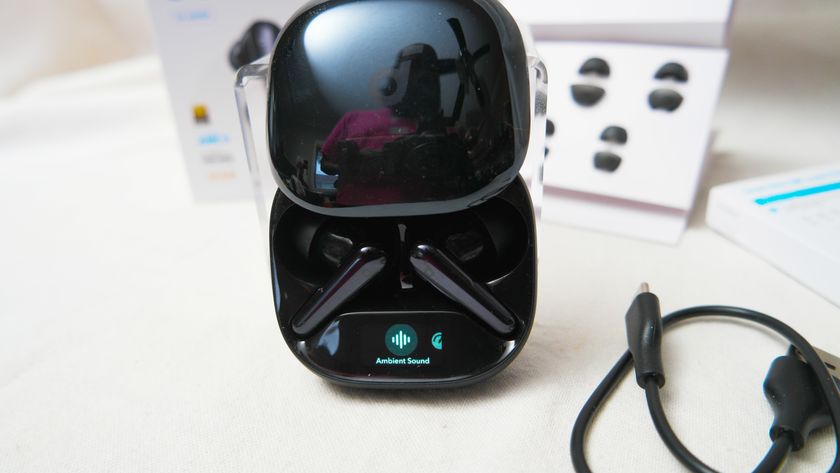Samsung is in a tough spot in India. The South Korean manufacturer was virtually unchallenged in the country for the last five years, allowing it to build a commanding lead in the handset segment. The Note 7 was the only blip in an otherwise smooth-sailing ship, but with the device never actually making its debut in the country, Samsung didn't have to deal with a lengthy recall.
As a result, Samsung was able dictate the segments it competed in. Even now, the Galaxy S8 and the Note 8 are the only real alternatives to the iPhone for those looking to pick up a high-end phone in India, and devices in the budget Galaxy J series continue to sell in the tens of millions of units.
However, there has been a tectonic shift in the Indian handset segment in the last 12 months. The introduction of Jio has fundamentally changed the way Indians consume cellular data, and wide availability of 4G data saw a dramatic boost in sales of budget phones. The main benefactor of this shift was Xiaomi, who climbed up the ranks to claim the top spot in the handset segment on the back of a strong budget portfolio, overtaking Samsung in the process.
Then there's OnePlus, which effectively owns the premium device category. OnePlus' ability to offer high-end specs for roughly half the price of the Note 8 has allowed the Chinese manufacturer to consolidate its position in the affordable flagship category.
We'll get to how Samsung is responding to Xiaomi's threat in a few weeks' time, but for now, it's time to take a look at how the company is gunning after OnePlus with its latest device in the Galaxy A series. This is the Galaxy A8+ 2018.

About this review
I (Harish Jonnalagadda) am writing this review after using the Galaxy A8+ as my daily driver for over two weeks in Hyderabad, India. The unit was provided by Samsung India, and was connected to Airtel's 4G network for the duration of the review. The device picked up a single software update with stability fixes and the January 1, 2018 security patch.
Galaxy A8+ Specs
| Category | Spec |
|---|---|
| Operating System | Android 7.1.1 NougatSamsung Experience 8.5 |
| Display | 6.0-inch Super AMOLED 1080 x 2220 (411ppi)Corning Gorilla Glass |
| Processor | Exynos 7885 Octa2 x 2.2GHz Cortex A73, 6 x 1.6GHz Cortex A5314nm FinFET |
| GPU | Mali-G71 |
| RAM | 6GB |
| Storage | 64GB |
| Expandable | Yes, up to 256GB (dedicated slot) |
| Battery | 3500mAh |
| Charging | USB-C |
| Rear Camera | 16MP f/1.7, PDAF1080p@30FPS |
| Front Camera | 16MP + 8MP, f/1.91080p video |
| Connectivity | Wi-Fi 802.11 ac, Bluetooth 5.0FM radio, 3.5mm jackGPS/AGPS, GLONASS |
| Security | One-touch fingerprint sensor at the backIris scanning |
| SIM | Dual SIM slot |
| Dimensions | 159.9 x 75.7 x 8.3mm191g |
| Colors | Black, Gold |
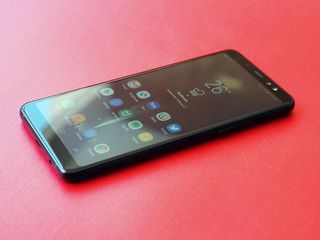
Galaxy A8+ Design and hardware
We're now in the fourth generation of Galaxy A devices. The first-generation launched back in 2014 and offered Samsung's take on the affordable flagship: a body made out of premium materials backed by solid cameras. Over the years, we've also seen features from the Galaxy S series trickle down to Galaxy A devices, namely Samsung pay and IP68 water resistance.
With the Galaxy A8+, Samsung is bringing over its Infinity Display design aesthetic over to the mid-range segment. Like the S8 series and the Note 8, the A8+ has an 18.5:9 panel with narrow bezels, but there are a few differences. First up, the display itself is FHD+ and not QHD+ like the flagships, and the panel isn't curved. So the overall effect isn't quite as breathtaking as what you'd get on the Note 8.





The bezels themselves aren't quite as thin either, and while the rear glass pane has a subtle curve on either side where it meets the aluminum mid-frame, it's not as pronounced as that on the Note 8. The reasoning for the larger bezels is attributable to the dual camera setup up front, a first for Samsung. The secondary camera at the front is used to create a background blur effect and introduces Live Focus for the front camera, but more on that later.
Rounding out the design, the A8+ features the power button on the right with the volume rocker located to the left. The bottom houses the 3.5mm jack and the USB-C charging port, and oddly enough the loudspeaker is located to the right of the device, just above the power button. The placement isn't ideal, but the speaker does get sufficiently loud. That said, you'll run into issues when using hands-free mode for calls as the position prohibits you from hearing the recipient clearly.
The A8+ has provision for two SIM cards and a microSD slot, but instead of a single SIM card tray, you get two. The slot for the first SIM card is located to the right of the device, and the tray for the secondary SIM card and the microSD slot is at the top of the phone. The overall design certainly won't turn any heads (let's call it Infinity Display Lite), but the A8+ still comes across as a premium device.
The Galaxy A8+ is no beauty, but it does offer a ton of features.
With dimensions of 159.9 x 75.7 x 8.3 mm, the Galaxy A8+ is taller, wider, and thicker than the Galaxy S8+, which has a larger 6.2-inch display. At 191g, it's significantly heavier too over the 173g S8+. The bulky body and the added heft don't really make the A8+ conducive to one-handed usage. There's no accounting for why the A8+ is so heavy, as the device has the same 3500mAh battery capacity as the S8+.
Coming to the display, the 6.0-inch Super AMOLED panel isn't exactly as immersive as the S8+, but the 1080 x 2220 resolution combined with the vibrant colors make it one of the better panels in this category. And being an AMOLED display you get access to Samsung's Always-On Display mode as well as support for the company's Gear VR platform.
Like last year's Galaxy A series, the A8+ is IP68 certified for dust and water resistance, and both SIM card trays are lined with rubber gaskets. Samsung Pay is also back, and if you're looking for a convenient way to pay for purchases using your phone at hundreds of thousands of retail stores, it doesn't get any better than Samsung's mobile payments service. While the Galaxy A8+ doesn't have wireless charging, you do get fast charging.
Biometrics

To accommodate the minimal-bezel S8+ and Note 8, Samsung had to move the fingerprint sensor next to the camera module at the back. To say that the decision wasn't well-received would be an understatement, as the position of the sensor make it awkward to reach for most users.
Thankfully, Samsung has rectified the problem with the A8+. The fingerprint sensor is still located at the back, but it's now placed below the camera module, so there's less chance of smudging the camera lens when you're looking to unlock the phone. The sensor isn't as easy to access as other phones — I prefer the position of the OnePlus 5T's sensor — but you can at least locate it with your finger.
It's not quite at the position where your finger naturally rests at the back of the device, but it is significantly better than that of the S8+ and Note 8. There's also a face recognition feature, which isn't the same as iris scanning on the S8+ and Note 8. The feature works as long as there's adequate light, but it isn't very reliable. For now, the fingerprint sensor is still the most secure method to safeguard your device, and I'm just glad the sensor is at an accessible location on the A8+.
Performance

The Galaxy A8+ is powered by Samsung's latest Exynos 7885 Octa chipset, which has two high-performance Cortex A73 cores clocked at 2.2GHz and six Cortex A53 cores at 1.6GHz. The phone is no slouch, but there were times when I noticed the odd stutter when navigating the interface. A lot of that has to do with Samsung's UI, and a recent update with stability tweaks addressed most of these issues.
That said, the A8+ is lacking in grunt when seen next to the likes of the OnePlus 5T and the Mi Mix 2, its main competitors in this category. The sheer performance of the Snapdragon 835 combined with the optimized OxygenOS is no match for the Exynos 7885 and the latest version of Samsung Experience. However, you'll only notice the difference when using both devices next to one another, and in regular everyday usage the A8+ does just fine.
The A8+ isn't the fastest phone around, but it gets the job done.
It's certainly not the fastest device in this segment, but Samsung isn't targeting enthusiasts — the manufacturer is instead going after those looking for a phone with a design aesthetic similar to the S8+ and Note 8 for half the price. And in that context, the A8+ does very well indeed.
The variant sold in India features 6GB of RAM and 64GB of storage, but there's also a version with 4GB of RAM and 32GB of internal storage. As for battery life, the 3500mAh battery managed to easily last a day without breaking a sweat, and I easily saw screen-on-time of four hours on average.

Galaxy A8+ Software
For a device releasing in January 2018, it's inexcusable that the A8+ comes with Android 7.1.1 Nougat out of the box. It's possible that Samsung is saving the Oreo build for the Galaxy S9, which is set to make its debut on February 26. As a result, what we have with the A8+ is a software experience that should be immediately familiar if you've used a Samsung device in 2017.
And considering just how long it takes Samsung to roll out an update, it's entirely likely the Oreo update won't be available for the device until the next quarter (if not longer). Samsung has to contend with hundreds of regional variants and carrier models when it comes to platform updates, so it's understandable that they take time.
But there's nothing stopping the company from launching a new device with the latest version of Android, particularly when you consider that the first developer build for Oreo rolled out over ten months ago.
If you were looking to use Oreo out of the box, get ready to be disappointed.
Much like Samsung's flagships, the Samsung Experience skin on the A8+ is loaded to the gills with features. For its part, Samsung has made it easier to uninstall or disable pre-installed apps that you're not going to use, and there are enough customization options to keep you busy for a few hours.
At this point, it's safe to assume that Samsung will put Bixby into most products it makes, and for the most part it's easy to ignore the assistant completely. Thankfully, there isn't a dedicated hardware button to invoke Bixby, and you can disable the service. Other features include a dual messenger mode that lets you run two instances of an app simultaneously, swipe gestures for the fingerprint sensor, blue light filter, access to hundreds of themes, one-handed mode and Game Launcher, and a split-screen multitasking mode.

Galaxy A8+ Camera
The highlight with the Galaxy A8+ is the dual 16MP + 8MP front cameras, a first for a Samsung device. Phones with high-resolution front cameras are all the rage in India, and Samsung is setting its sights on that audience with the A8+. The main goal with the secondary camera is to enable Live Focus, the feature that made its debut a few months ago on the Note 8.
Live Focus lets you create a background blur effect, and while the feature was available in the rear camera on the Note 8, you can use it for selfies with the A8+. The feature certainly works as advertised, and you can also adjust the intensity of the blur after the fact.







Coming to the rear camera, the good news is that the module doesn't protrude from the body of the phone. What's not so great is that it doesn't have OIS. Image quality is decent, with the camera able to take great photos in daylight conditions. Things aren't so rosy when it comes to low-light shooting, as the camera starts to struggle when focusing on subjects. There's also a lot of noise in images taken under less than ideal lighting conditions, and more often than not the software algorithm is far too aggressive with smoothing out the edges.
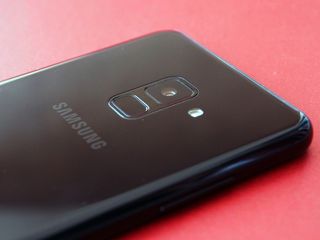
Galaxy A8+ Bottom line
The Galaxy A8+ is a viable alternative in the affordable flagship category, and that's a testament to how far the Galaxy A series has come in just a few generations. Samsung has managed to port several features from its Galaxy S lineup to the mid-range segment — including the 18.5:9 display form factor and Samsung Pay — while introducing new ones in the form of the dual front cameras.
The dual front cameras certainly make the device alluring to a younger audience, with Live Focus making a tangible difference to shots. The 3500mAh battery is more than enough to last a day even on heavy use, and you get most software features that are present on the Galaxy S8.
And while the Snapdragon 835 beats out the Exynos 7885, you don't necessarily notice any difference in day-to-day use. Overall, the A8+ brings the best of the Galaxy S series at a price point that makes it much more accessible to a wider audience. Right now, the phone is limited to India and South Korea, but that should change in the coming months.
Should you buy it? No
Aside from the fact that it runs Nougat out of the box, there's nothing particularly wrong with the Galaxy A8+. In fact, it's clear that the A8+ is the best device in the Galaxy A series thus far. However, while the South Korean manufacturer was perfecting its model for an affordable flagship, other brands haven't been idle.
The Galaxy A8+ is good — just not as good as other devices in this category.
The Galaxy A8+ retails for ₹32,999 ($520) in India, putting it squarely in the crosshairs of the OnePlus 5T, which costs exactly the same. The Mi Mix 2 is also on sale for the same price, so there certainly isn't a dearth of choice here.
There are areas where the A8+ wins out — IP68 certification, front cameras, and Samsung Pay — but it is outmatched by the gorgeous ceramic design of the Mi Mix 2 and the sheer performance of the OnePlus 5T. Both of these phones offer more value for your money, and are generally more exciting to use. Samsung doesn't really have a lot going for it other than brand cachet.
The Good
- Great AMOLED panel
- Much better value
- Water resistance
- Decent camera
- Samsung Pay
The Bad
- Hardware isn't the fastest
- UI is still laggy
3.5 out of 5
If you are insistent on buying a Samsung phone, there may be other options available in this segment. With the Galaxy S9 on the horizon, the S8 and S8+ are bound to come down in price, making them a much more attractive option. The S8 is already going for as low as ₹45,900 ($720) after factoring in the cashback, and the phone should be available for under ₹40,000 in a few months' time.

Harish Jonnalagadda is Android Central's Senior Editor of Asia. In his current role, he oversees the site's coverage of Chinese phone brands, networking products, and AV gear. He has been testing phones for over a decade, and has extensive experience in mobile hardware and the global semiconductor industry. Contact him on Twitter at @chunkynerd.
